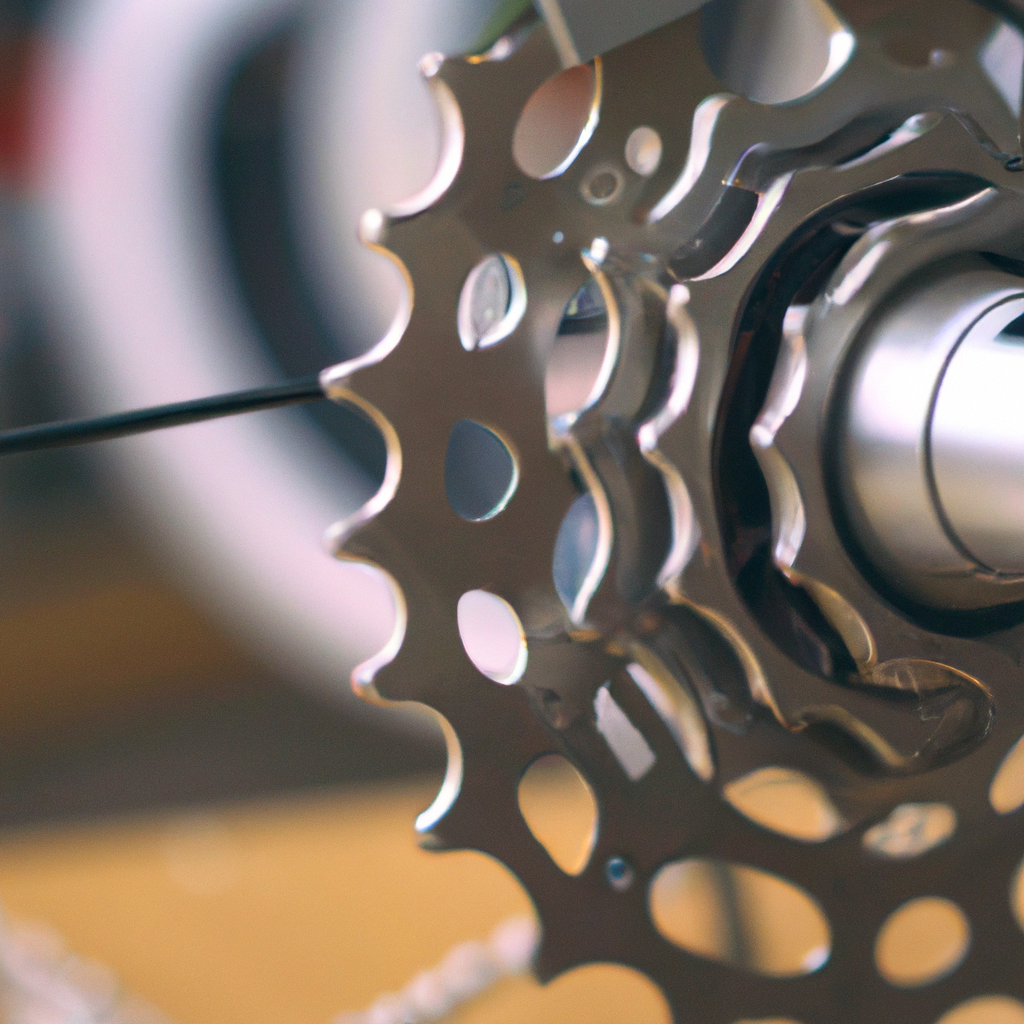Bicycling has been a popular mode of transportation and a favorite pastime for centuries. Over time, technology has played a significant role in the evolution of cycling, with the introduction of various bicycle components and gear systems. One of the most crucial components in the bicycle is the gear system, which allows riders to shift gears, enabling them to ride more efficiently and tackle different types of terrain. In this article, we will delve into the intricacies of the bicycle gear system, its mechanism, and how it works in detail.
How does a bicycle gear system work?
The bike gear mechanism is responsible for changing the gear ratio of the bicycle transmission, allowing the rider to adjust the force required to pedal the bike. The gear ratio is a measure of how much force is needed to turn the pedals and how much speed is gained from it. The gear system consists of several components that work together to enable the rider to shift gears quickly and efficiently. These components include the gear shifters, derailleur, cassette, and chain.
Gear Shifters
The gear shifters are the controls that allow the rider to change the gear ratio. Typically, gear shifters are located on the handlebars, within easy reach of the rider. There are two types of gear shifters: the grip shifters and the trigger shifters. The grip shifters are twisted to change gears, while the trigger shifters are clicked or pushed to shift gears.
Derailleur
The derailleur is the mechanism responsible for moving the chain from one gear to another. It is attached to the rear wheel axle and is controlled by the gear shifters. The derailleur moves the chain between the gears on the rear wheel cassette, which contains a set of sprockets of different sizes. The sprockets are labeled with the number of teeth they have.
Cassette
The cassette is a set of sprockets mounted on the rear wheel hub. It contains several sprockets of different sizes, with the smallest sprocket having the fewest teeth and the largest sprocket having the most teeth. The derailleur moves the chain between the sprockets, changing the gear ratio, and allowing the rider to pedal more efficiently.
Chain
The chain is the component that links the pedal cranks to the rear wheel. It transfers the power generated by the rider’s pedaling to the rear wheel, propelling the bike forward. The chain needs to be properly lubricated and maintained to ensure that it runs smoothly and efficiently.
Gear Ratio
The gear ratio is the ratio of the number of teeth on the front chainring to the number of teeth on the rear wheel sprocket. A higher gear ratio means that the rider needs to pedal harder to maintain speed, while a lower gear ratio means that the rider can pedal more easily, but at a slower speed. Changing gears allows the rider to adjust the gear ratio to match the riding conditions and terrain.
Gear Types
There are several types of gears used in bicycle gear systems. These include:
1. Single-speed gear systems: These systems have a single gear ratio and are commonly found on fixed-gear bikes or track bikes.
2. Multi-speed gear systems: These systems allow the rider to select from several different gear ratios, enabling them to tackle different types of terrain.
3. Hub gears: These systems are located in the rear hub of the wheel and are sealed from the outside elements. They are low maintenance and allow for easy gear shifting.
4. Derailleur gears: These systems are the most common type of gear system in modern bicycles. They use a derailleur to move the chain from one sprocket to another, allowing the rider to shift gears quickly and easily.
Conclusion
In conclusion, the bicycle gear system is a critical component that enables the rider to adjust the gear ratio, making it easier to pedal or go faster. The gear system consists of several components that work together, including the gear shifters, derailleur, cassette, and chain. Understanding how the gear system works is essential for bike mechanics and cycling enthusiasts alike, allowing them to maintain and repair their bikes more effectively. By knowing the different types of gear systems and their components, riders can make informed decisions when selecting a bike or upgrading their gear system.







